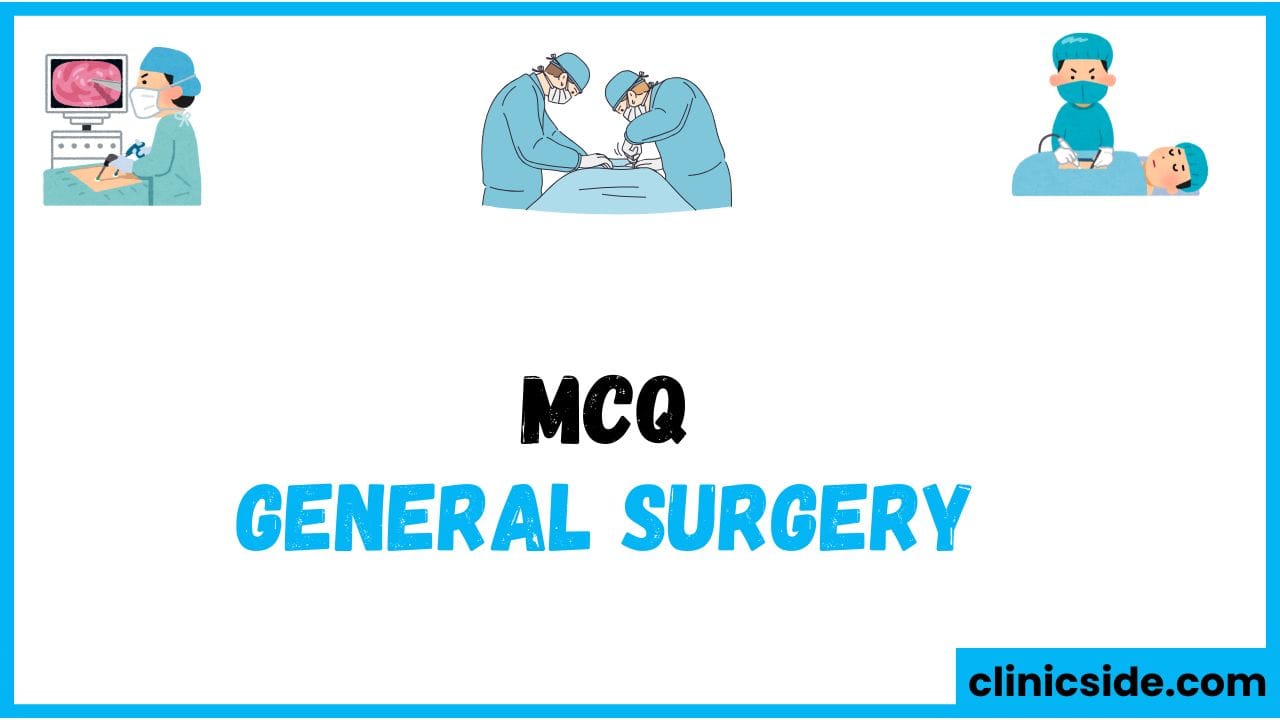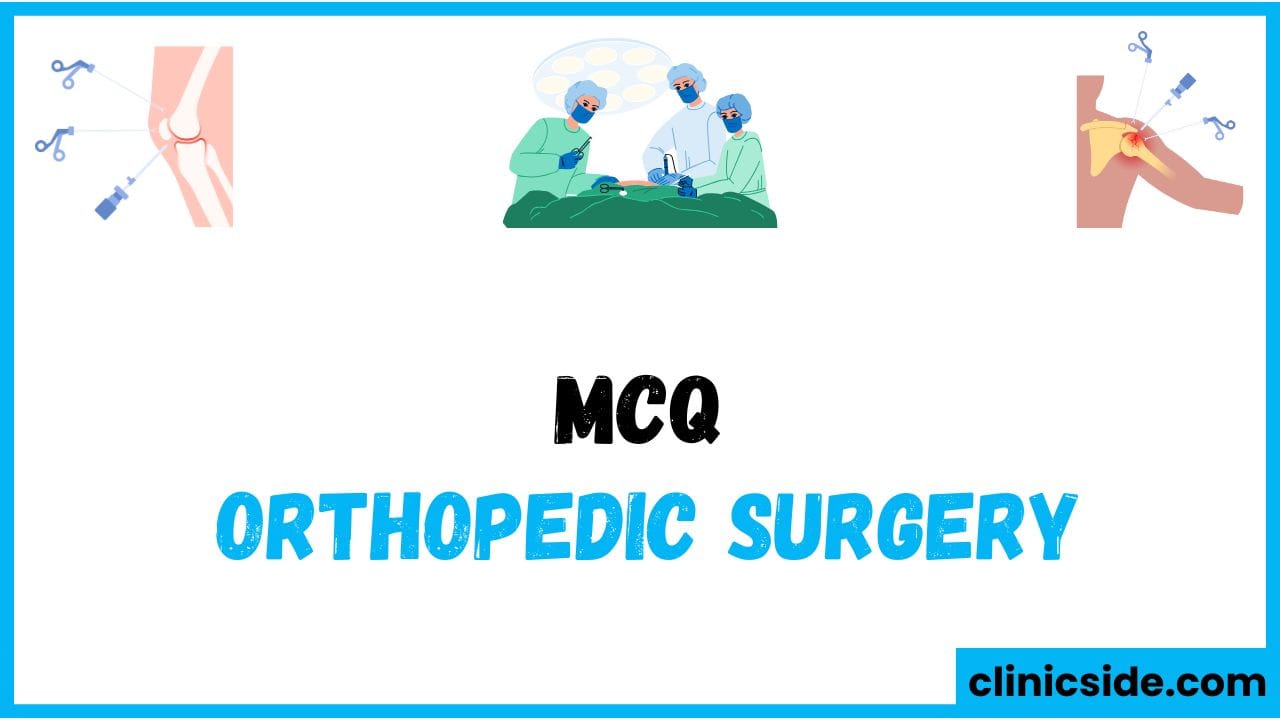Quiz
Available options: 1 to 20
Summary of MCQs on Cholinergic Drugs and Receptors
Neurotransmitters and Receptors
The MCQs provide insight into key neurotransmitters and their roles within the autonomic nervous system, particularly focusing on acetylcholine (ACh). ACh is the primary neurotransmitter released at parasympathetic nerve endings. This neurotransmitter binds to two main receptor types: muscarinic and nicotinic receptors. Nicotinic receptors, stimulated by nicotine, play a significant role in neuromuscular junctions, while muscarinic receptors mediate various physiological processes, including heart rate regulation, glandular secretion, and smooth muscle contraction. The MCQs also explore the specific actions of muscarinic receptors, particularly M2 receptors in the heart, which help regulate heart rate.
Muscarinic Agonists and Antagonists
The questions also examine the use of muscarinic agonists and antagonists in treating medical conditions. Muscarinic antagonists, like atropine, block the effects of ACh on muscarinic receptors. Atropine increases heart rate by inhibiting parasympathetic stimulation, making it useful for treating bradycardia. In contrast, muscarinic agonists like bethanechol stimulate muscarinic receptors, aiding in conditions such as urinary retention by enhancing smooth muscle activity in the bladder. Pilocarpine, another muscarinic agonist, is commonly used in the treatment of glaucoma, as it helps decrease intraocular pressure by constricting the pupil.
Acetylcholinesterase Inhibitors
The MCQs highlight the role of acetylcholinesterase inhibitors, such as neostigmine and edrophonium, in treating conditions like myasthenia gravis. Neostigmine prevents the breakdown of ACh, allowing for improved neuromuscular transmission and increased muscle strength. Edrophonium is a short-acting acetylcholinesterase inhibitor used diagnostically to confirm myasthenia gravis. These inhibitors enhance cholinergic activity by increasing the concentration of ACh at synaptic junctions. This class of drugs also includes rivastigmine, which is used in Alzheimer’s disease to improve cognitive function by increasing ACh levels in the brain.
Treatment for Poisoning
The MCQs address the management of organophosphate poisoning, a condition caused by the inhibition of acetylcholinesterase. Atropine and pralidoxime are the mainstay of treatment for organophosphate toxicity. Atropine, a muscarinic antagonist, is used to counteract the muscarinic effects of excessive ACh, such as excessive salivation, bronchospasm, and bradycardia. Pralidoxime, a cholinesterase reactivator, restores normal enzyme function by reactivating acetylcholinesterase, thereby reducing the toxicity associated with organophosphate exposure.
Drug Effects on Smooth Muscle
Cholinergic drugs can have significant effects on smooth muscle. Muscarinic receptors, particularly the M3 subtype, mediate smooth muscle contraction. Agonists like bethanechol stimulate M3 receptors in the bladder and gastrointestinal tract, promoting muscle contraction and aiding in the treatment of postoperative ileus and urinary retention. Pilocarpine, by stimulating M3 receptors in the eye, reduces intraocular pressure, which is beneficial for patients with glaucoma.
Side Effects of Anticholinergic Drugs
Anticholinergic drugs, especially atropine, can produce several side effects, primarily due to the inhibition of parasympathetic activity. These side effects include dry mouth, blurred vision, urinary retention, and constipation. The blockade of muscarinic receptors, particularly the M3 receptor, prevents the normal secretion of saliva and other fluids, leading to dry mouth. These drugs may also cause tachycardia due to the reduced parasympathetic influence on the heart, highlighting the importance of careful dosing in clinical practice.
Clinical Applications in Neurological Disorders
Acetylcholinesterase inhibitors, including neostigmine, edrophonium, and rivastigmine, have critical applications in neurological disorders. Neostigmine and edrophonium are essential in the management of myasthenia gravis, a neuromuscular disorder characterized by weakness and fatigue. Rivastigmine, on the other hand, is used in Alzheimer’s disease to slow the progression of cognitive decline by increasing ACh levels in the brain. These drugs demonstrate the therapeutic potential of enhancing cholinergic activity in treating neurodegenerative diseases.
Reversing Drug Overdose
Cholinesterase inhibitors like physostigmine are used to reverse the effects of anticholinergic drug overdose, particularly from agents like atropine or scopolamine. Physostigmine works by inhibiting the breakdown of ACh, increasing its levels and thereby counteracting the effects of muscarinic antagonists. This approach is vital in clinical settings where overdose symptoms may include confusion, delirium, and tachycardia.
Overall Importance of Cholinergic Drugs
Cholinergic drugs, including agonists, antagonists, and acetylcholinesterase inhibitors, are vital in the treatment of a wide range of conditions, from glaucoma to neurological disorders and organophosphate poisoning. Their ability to modulate the effects of ACh through muscarinic and nicotinic receptors makes them crucial in regulating physiological processes such as heart rate, muscle contraction, and glandular secretion. Understanding the pharmacology of these drugs is essential for optimizing therapeutic strategies and minimizing side effects in patients.
This summary provides an overview of the key concepts in cholinergic pharmacology, focusing on the clinical uses, mechanisms of action, and therapeutic implications of these drugs. By understanding the different receptor types and their effects, healthcare professionals can make informed decisions to manage various medical conditions effectively.





